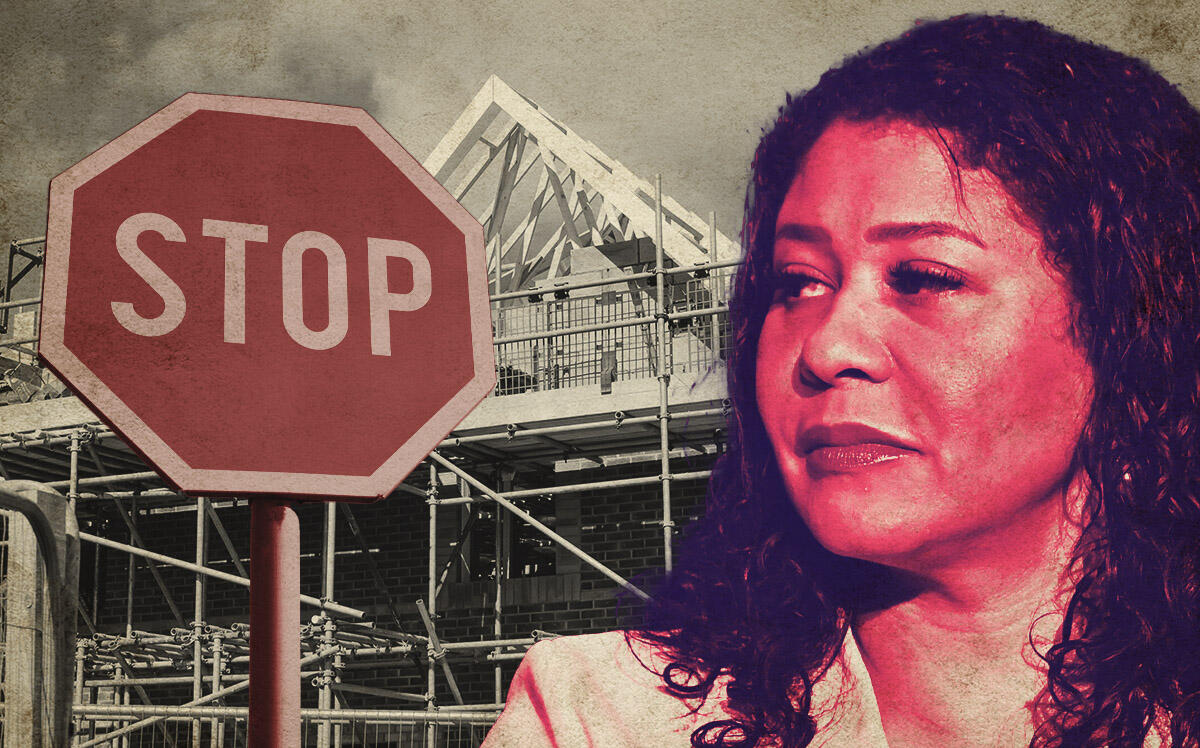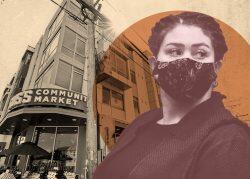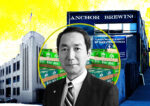 Fees must shrink if SF wants new housing, developers say
Fees must shrink if SF wants new housing, developers say
Trending
Report: Housing creation economically “infeasible” in SF
With development costs over $700 psf, every unit type fails to reach breakeven

A recent feasibility study on San Francisco Mayor London Breed’s proposed “Cars to Casas” legislation shines a headlight on why so many developers are unable to move forward with residential projects in the city, which has the highest construction costs in the world.
With hard and soft development costs coming to a total of more than $700 per square foot, not one of 16 scenarios analyzed for the city’s Planning Department by Century Urban was deemed economically viable. The Cars to Casas law would cut bureaucratic red tape and offer incentives to develop housing on parcels formerly used for automotive purposes.
“At current construction costs, city requirements, and rental/sales rates, all prototypes studied are infeasible, though prototypes under the proposed ordinance are generally closer to feasibility than existing zoning,” according to a summary of the consultant’s report.
The estimated values of rental and for-sale units fell well below the costs of building them, to the tune of half a million dollars or more per unit in less well-off neighborhoods where rental developments would be least likely to pencil. Even projects that receive both the state’s density bonus and the density bonus in Breed’s proposed legislation — which would allow extra units on lots formerly used for automotive uses like parking and gas stations — were not feasible, according to the report.
But the increased density did have a positive impact, increasing feasibility between 10 and 60 percent, depending on the scenario, with homes in more expensive neighborhoods like the Marina and Russian Hill coming closer to breaking even than in the Sunset or Excelsior. The northern neighborhoods have virtually the same development costs but can charge more for rents or home prices, the report found.
In all situations, the for-sale scenarios had better feasibility results, an indicator of how difficult it is to build rental housing in particular.
The analysis assumed a return to the property owner/developer of 20 percent of hard and soft costs with for-sale projects and a return of 5.25 percent for rentals, both real estate industry standards, according to the report. It also assumed that any environmental remediation costs, which could be substantial at a former gas station, would be borne by the seller and that there are no demolition costs. It also assumed that current affordable housing requirements would remain unchanged, although the city is reexamining those requirements given the current economic climate.
District 5 Supervisor and Land Use and Transportation Committee member Dean Preston requested the feasibility study, which was first pointed out by YIMBY’s Robert Fruchtman on Twitter as an indication of how unlikely it is that the city’s current pipeline of housing will be built. Preston tabled the Cars to Casas legislation at a previous Land Use meeting until a study could see if requiring higher levels of affordable housing in order to use the density bonus would be feasible. The answer was an unequivocal no, according to the report.
“The evidence indicates that there is not only no revenue available for purchase of land but also that the ordinance does not create surplus value to dedicate to new or increased exactions or other requirements,” the report reads.
Breed introduced the ordinance in October 2021 at the site of a housing development with a grocery store that replaced a former gas station and it was recommended for approval with minor modifications by the Planning Commission in December 2021.
After its previous appearances at Land Use, where Supervisor Aaron Peskin also changed the legislation’s official name to the more accurate but less catchy Automotive Uses to Housing Uses, Cars to Casas was supposed to come back before the committee on Monday before going on to the full board. However, it was continued to a future meeting at the request of the mayor’s office to include some technical revisions.
Read more
 Fees must shrink if SF wants new housing, developers say
Fees must shrink if SF wants new housing, developers say
 SF mayor’s “Cars to Casas” redevelopment program at standstill
SF mayor’s “Cars to Casas” redevelopment program at standstill
 San Francisco has world’s highest construction costs: CBRE
San Francisco has world’s highest construction costs: CBRE




